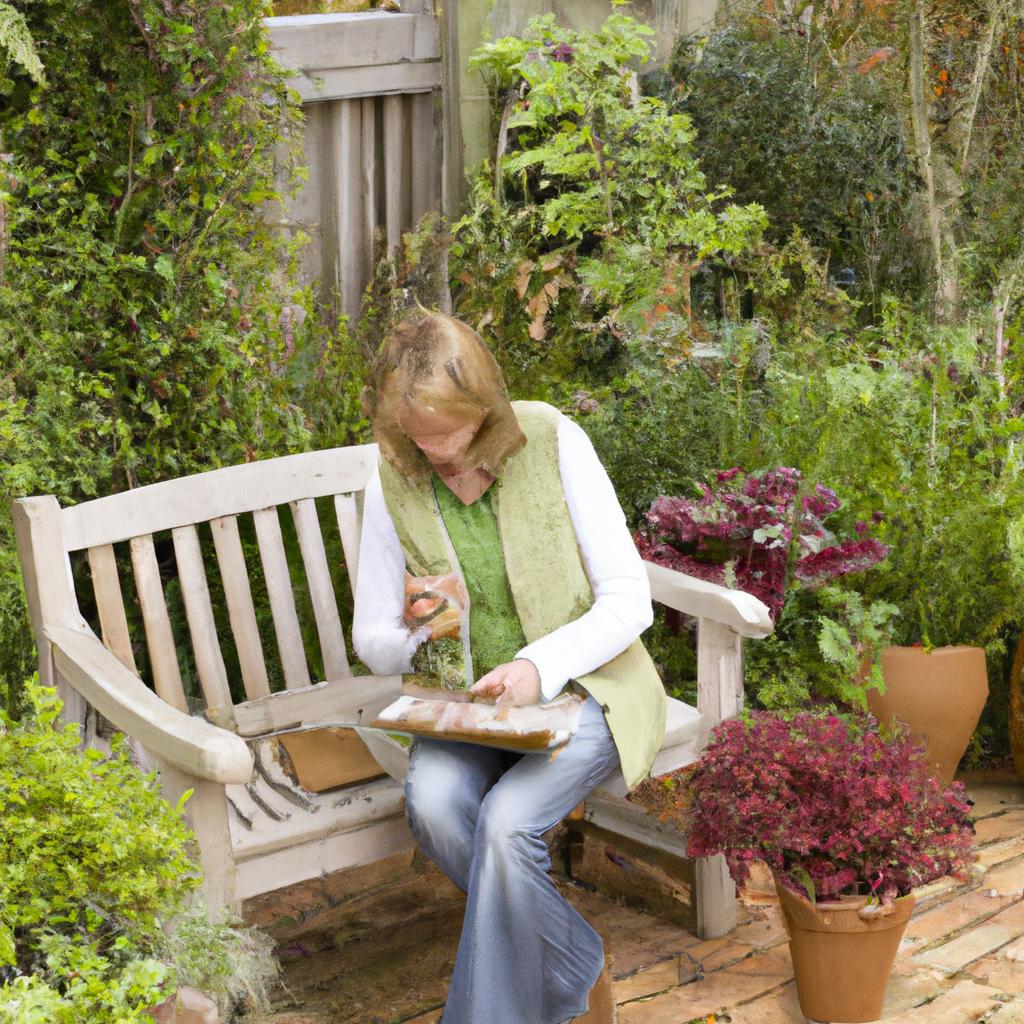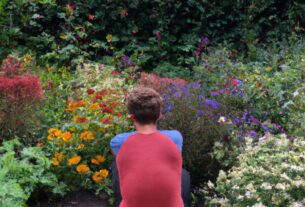Gardening is a fulfilling and rewarding hobby that requires proper planning to achieve success. Whether you’re an experienced gardener or a beginner, garden planning is an essential step in creating a thriving garden. In this article, we’ll guide you through everything you need to know about garden planning.
Assessing Your Garden Space
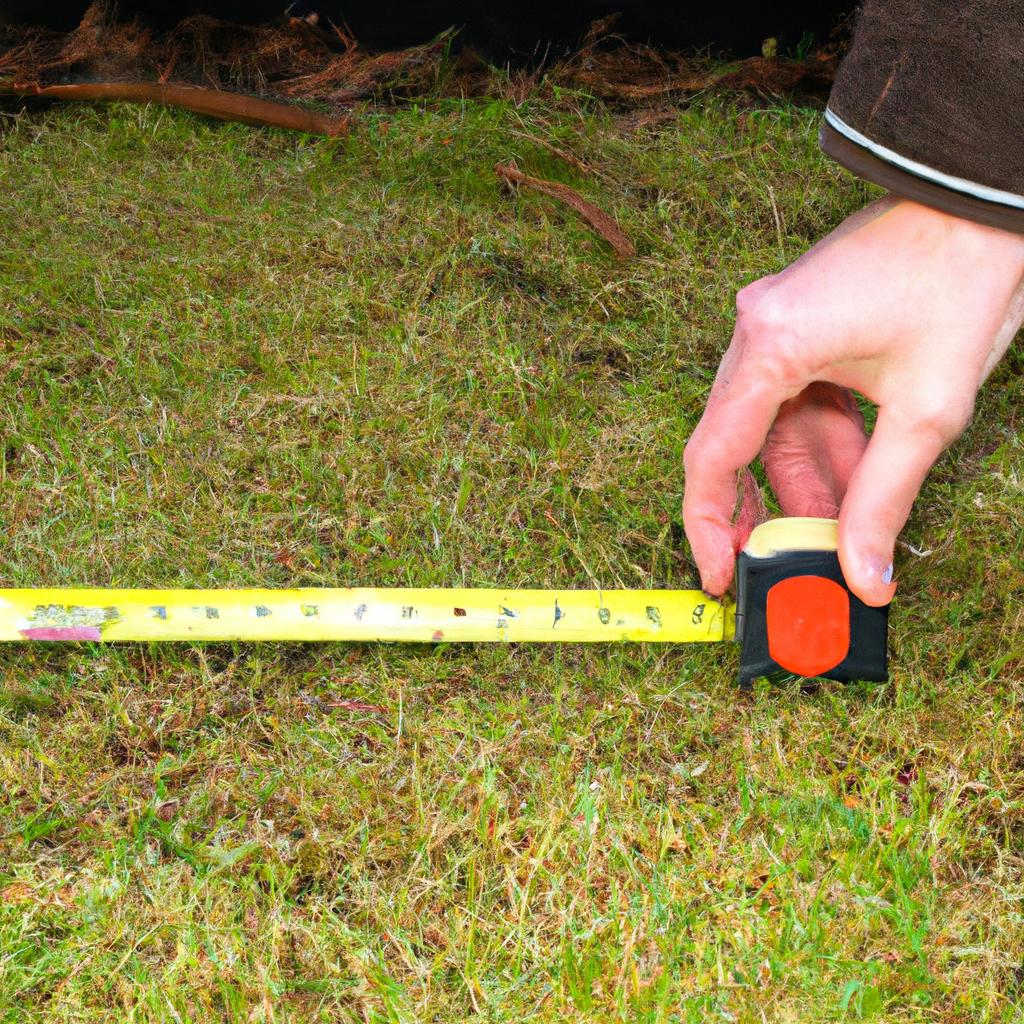
The first step in garden planning is assessing your garden space. Before you start planting, you need to know the size and shape of your garden. Measuring your garden space is crucial; you need to know the area’s dimensions so that you can plan how much of it you want to use for planting.
Apart from measuring the garden space, you need to evaluate your soil quality. Healthy soil is essential for plant growth, and you need to know what kind of soil you have to choose the right plants. Soil testing kits are available in most garden centers, or you can send a sample to a soil testing laboratory for a more detailed analysis.
Another crucial factor to consider is sunlight exposure. Some plants require full sunlight, while others thrive in partial shade. You need to identify the areas in your garden that get the most sunlight and those that are shaded throughout the day. This information will help you choose the right plants for your garden.
Deciding What to Plant
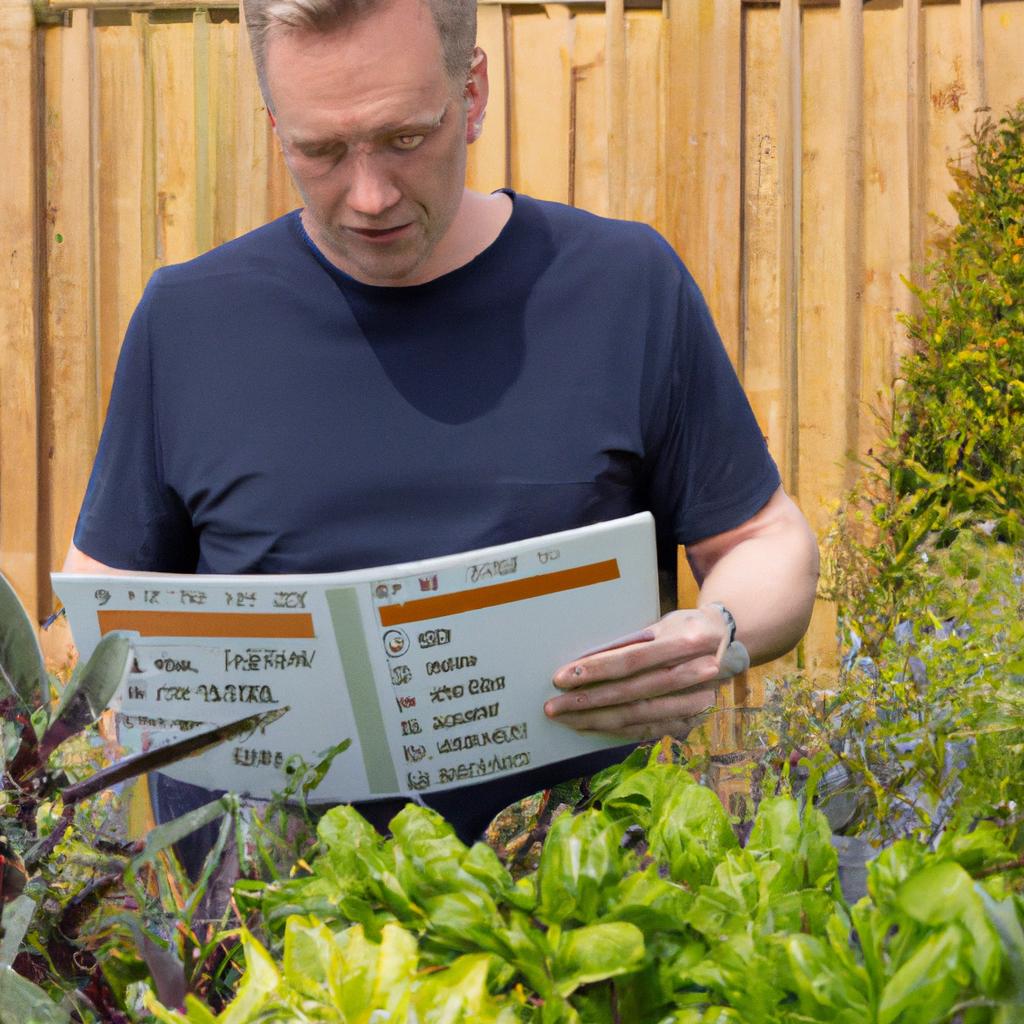
Once you’ve assessed your garden space, the next step is deciding what to plant. Choosing plants can be overwhelming, but you need to select ones that are suitable for your climate. Plants that are not adapted to your climate will not thrive and may even die.
Deciding what to grow also depends on your preferences and needs. Do you want to grow flowers, vegetables, or both? You need to group your plants according to their needs. For example, vegetables that require similar soil conditions should be planted together.
Another factor to consider is the size of your garden. If you have limited space, you may need to prioritize what you want to grow. You can grow a variety of plants in containers or choose plants that are smaller in size.
Choosing plants goes beyond selecting ones that are suitable for your climate. You also need to consider the amount of maintenance required. Some plants require more attention than others, and you need to be realistic about how much time you can dedicate to caring for your garden.
Grouping plants according to their needs is also essential. Plants that require similar amounts of water, sunlight, and nutrients should be planted together. This makes it easier to care for them and ensures they thrive. Additionally, you can choose plants that complement each other in terms of color and texture.
Designing Your Garden Layout
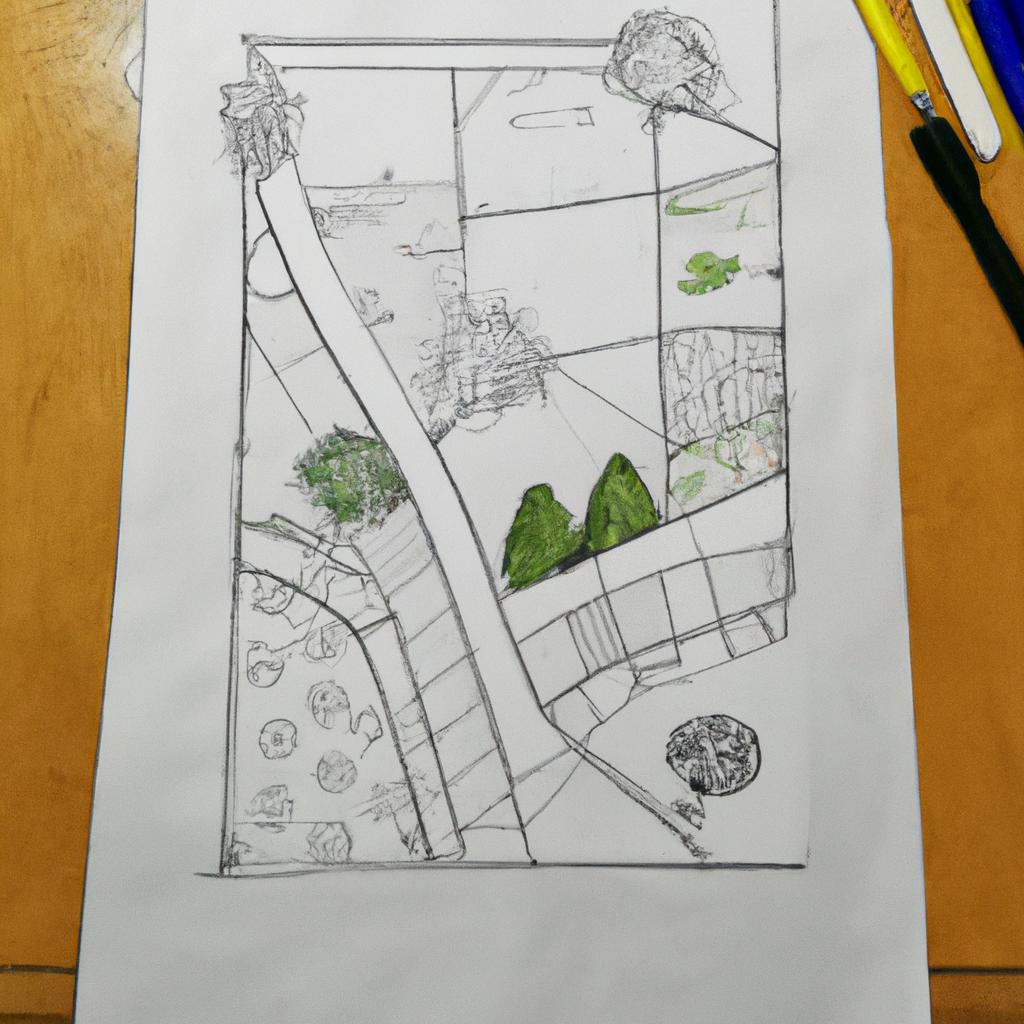
Designing your garden layout is the next step in garden planning. You need to decide on the garden style that suits your preferences and needs. There are different garden styles, including cottage gardens, formal gardens, and modern gardens. Your choice of style will determine the overall look and feel of your garden.
Creating a garden map is essential in designing your garden layout. A garden map is a blueprint of your garden that shows the location of plants, pathways, and seating areas. This map helps you visualize your garden design and ensures you have enough space for everything you want to include.
Pathways and seating areas are also crucial in garden planning. You need to consider how you will move around your garden and where you want to sit and enjoy your garden. The pathways should be wide enough to accommodate foot traffic, and the seating areas should be in a location that offers a good view of the garden.
In conclusion, garden planning is the foundation of a thriving garden. By assessing your garden space, deciding what to plant, and designing your garden layout, you can create a beautiful and productive garden that meets your needs and preferences. Start your garden planning today and enjoy the benefits of a beautiful and thriving garden. TooLacks offers more gardening tips and advice to help you achieve your gardening goals.
Preparing Your Garden for Planting
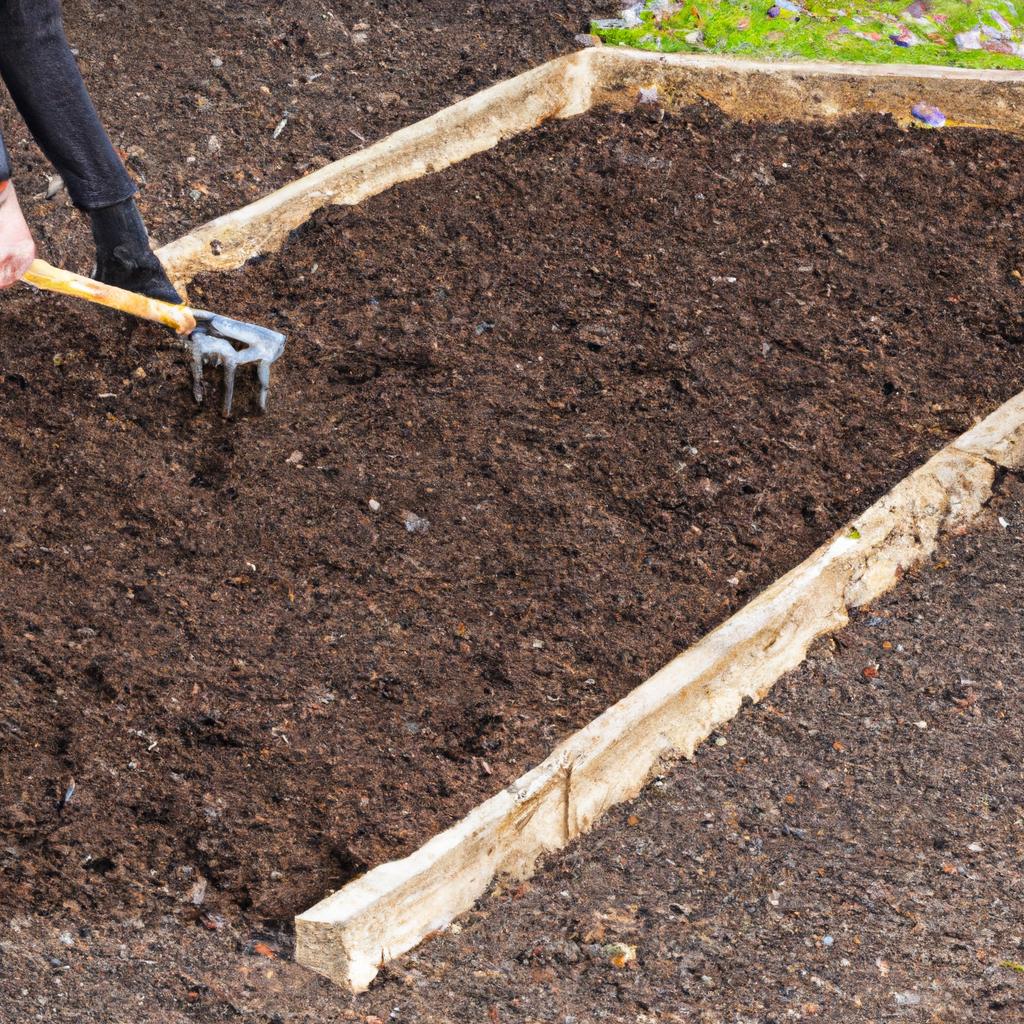
Once you’ve decided what to plant, it’s time to prepare your garden for planting. The first step is clearing and preparing the garden bed. Remove any debris, weeds, or rocks from the area. You can use a tiller or a garden fork to loosen the soil and aerate it.
Adding compost and fertilizer to the soil is essential for plant growth. Compost provides essential nutrients to the soil, improves soil structure, and helps retain moisture. Fertilizer supplements the soil with additional nutrients. You can choose organic or synthetic fertilizers, depending on your preference.
Irrigation and watering systems are also crucial for proper plant growth. Depending on the size of your garden, you can choose from various watering systems, such as sprinklers, drip irrigation, or soaker hoses. Make sure to water your plants regularly, especially during dry spells.
Maintaining Your Garden
Regular maintenance is necessary to ensure that your garden thrives. Watering and fertilizing your plants regularly is essential for their growth. You can use a watering can or a garden hose to water your plants manually, or you can install an automatic watering system.
Pest and disease control is also crucial for maintaining a healthy garden. Keep an eye out for any signs of pests or diseases, such as yellowing leaves or wilting plants. You can use organic or chemical pesticides to control pests, depending on your preference.
Harvesting and replanting are also essential aspects of garden maintenance. Harvesting your vegetables and fruits at the right time ensures that they are at their peak flavor and nutrition. Replanting new crops after harvesting ensures that your garden continues to produce fresh produce throughout the growing season.
In conclusion, garden planning is an essential step in creating a thriving garden. By assessing your garden space, deciding what to plant, designing your garden layout, preparing your garden for planting, and maintaining your garden, you can create a beautiful and productive garden that provides fresh produce and a peaceful environment to relax in. Start your garden planning today and enjoy the benefits of a beautiful and thriving garden.
